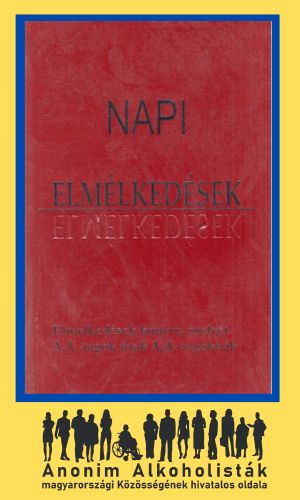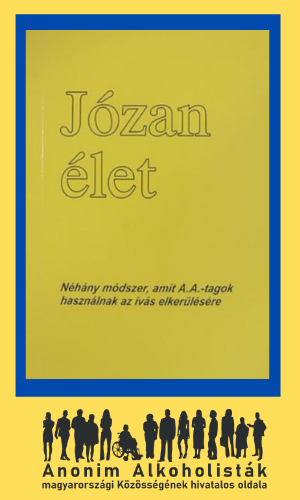Reimbursement fee
Under the relevant legislation, as a social institution providing personal care, a fee is payable. From 01.04.2021, the institutional fee will be set by the institution's operator at HUF 4930 per day. The maintenance authority is entitled to periodically review and adjust the amount (up to twice a year) to take account of cost increases and inflation.
The person admitted pays a fee, calculated as follows:
In the case of a commitment to pay the institutional fee (which may be made by the beneficiary or a relative), the
the amount of the institutional daily allowance: the daily allowance of HUF 4,930 multiplied by the number of days of care in the month concerned.
If the recipient and the relative are unable to pay the institutional fee, the annual income is calculated from the recipient's income certificate (monthly income in the case of regular income, or the previous 12 months' income in the case of non-regular income) (monthly income multiplied by 12 in the case of regular income, or the previous 12 months' income in the case of non-regular income) - 80% of which is used as the basis for the calculation.
The sum of 80% of the annual income divided by the number of days in the year gives the daily allowance. The daily subsistence allowance may not exceed the amount of the institutional allowance. This daily allowance is calculated by multiplying it by the number of days of care in the reference month. This gives the monthly amount to be paid.
An important rule is that the amount of the monthly contribution must be fixed so as to leave the beneficiary with an amount corresponding to the institutional allowance as spending money. This amount is set by the head of the institution and may not be less than 20% of the current minimum old-age pension, which is currently HUF 5,700. If the recipient has no income, no significant financial resources and his/her dependants are unable to support him/her because their per capita income is below the level laid down by law or if he/she has no dependants, the recipient does not have to pay the contribution. In addition, if there are dependants, you may agree to provide the resident with a spending allowance equivalent to the institutional allowance.
If there is no relative or other person who can provide this, the institution will provide the institutional spending money at the same rate as mentioned above. The personal allowance must be paid to the cashier of the home by the 10th of the month following the month in question at the latest.
If the resident is unable to pay the agreed personal contribution, he/she may make a written application, which must include his/her exact budget, the reason for the difficulty in paying the contribution and a request for a reduction or waiver of the personal contribution.
If the justification is correct and verifiable, the head of the institution may reduce or waive the fee according to the extent of the need. For periods of absence of less than two months: 20% of the daily subsistence allowance for each day of absence, for periods of absence of more than two months: 40% of the daily subsistence allowance for each day of absence during the period of treatment in a health care institution, if the absence is not due to treatment in a health care institution: 60% of the daily subsistence allowance for each day of absence. If the amount of the personal allowance fixed by the head of the institution is not acceptable to the recipient, he or she may appeal to the courts.
In the event of non-payment of the fee, the care home manager will examine the reasons for the non-payment and may grant a deferment of payment or, where justified, cancel the payment obligation, either temporarily or permanently. If the default is not justified, the head of the home may proceed as provided by law.






























